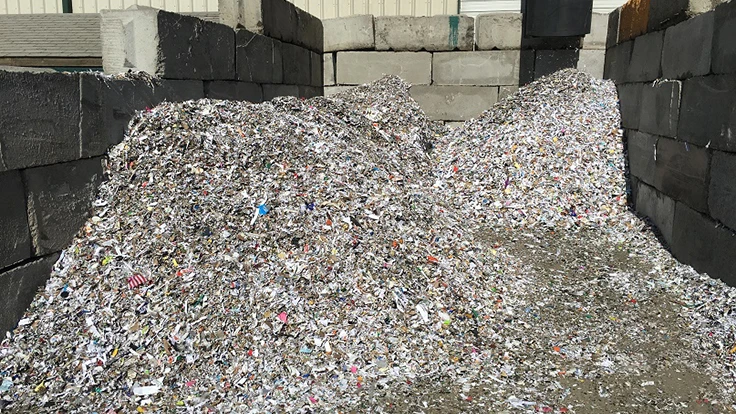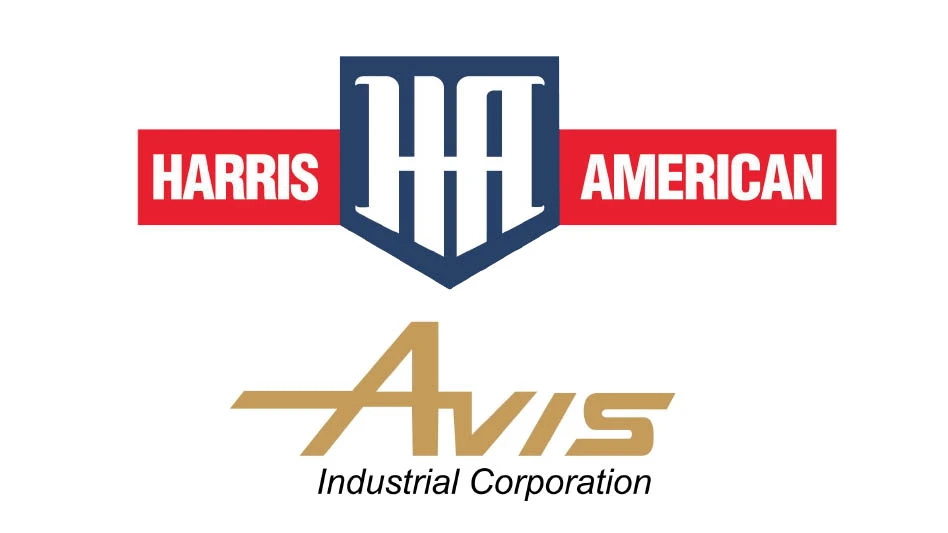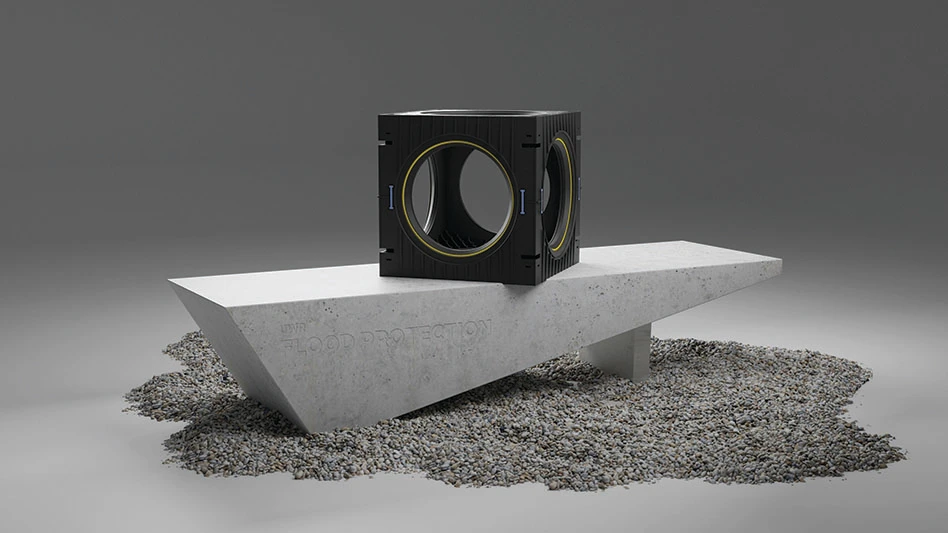
Alpine Waste & Recycling, Denver, has announced the completion of a retrofit to its material recovery facility (MRF) that advances the company’s efforts to recycle glass in the Denver area.
Alpine has teamed up with Momentum Recycling, a full-service zero waste company offering comprehensive recycling collection services with offices in Salt Lake City and Broomfield, Colorado. Momentum Recycling will accept glass loads from Alpine’s MRF at its new facility in Broomfield, where glass will optically sorted by color and recycled for use in bottle manufacturing, fiberglass insulation and other glass-related products. Alpine is among the first companies to recycle broken glass on a large scale and provide material for the Momentum plant, which is set to open in November 2016. (Momentum, founded in 2008, also operates a glass recycling plant in Salt Lake City.)
Brent Hildebrand, vice president of recycling at Alpine, says the company invested about $150,000 in summer 2016 to retrofit its Altogether Recycling MRF in Denver to separate broken glass from the other incoming recyclables. (Read a February 2016 profile of Alpine’s Altogether Recycling MRF here, which was the first MRF in Colorado to accept plastics Nos. 3-7 and aseptic cartons and is currently the only program in Colorado to accept rigid plastics. The MRF also is the only facility in the state to accept and recycle polystyrene (PS) foam.)
Alpine added two new conveyor belts and a blower, which blows a steady stream of air over the falling glass and paper, manufactured by Machinex Industries Inc., Plessisville, Quebec.
“We added two conveyors and a blower to separate paper and other debris from the glass, along with a new bunker to store the glass,” says Hildebrand. “The efficiencies gleaned from separating broken glass will offset some of the expense of our recycling efforts.”
Trucks from Momentum Recycling picked up the first loads of glass from the Alpine facility Oct. 25. Trucks are expected to collect up to two loads—25 tons per load—each business day for transport to Momentum’s plant in Broomfield. Each load will save about 18 cubic yards of landfill space, Alpine says.
“We’re excited to begin receiving material from Alpine,” says John Lair, president and CEO of Momentum Recycling. “The Front Range introduces about 10,000 tons of glass into the waste stream each month and we’re pleased that Alpine is joining with us to reduce the amount of glass that ends up in landfills.”
“Alpine constantly looks for innovative ways to increase the materials that we recycle and to divert volume away from landfills,” says Hildebrand, who notes that Colorado is a good market for recycling glass due to the presence of two bottle plants: Rocky Mountain Bottle Co. in Wheat Ridge, and an Owens-Illinois facility in Windsor.
In May, Alpine was named as a finalist in its “Best of Colorado” category by ColoradoBiz magazine for its innovative recycling and waste collection efforts.
Alpine has teamed up with Momentum Recycling, a full-service zero waste company offering comprehensive recycling collection services with offices in Salt Lake City and Broomfield, Colorado. Momentum Recycling will accept glass loads from Alpine’s MRF at its new facility in Broomfield, where glass will optically sorted by color and recycled for use in bottle manufacturing, fiberglass insulation and other glass-related products. Alpine is among the first companies to recycle broken glass on a large scale and provide material for the Momentum plant, which is set to open in November 2016. (Momentum, founded in 2008, also operates a glass recycling plant in Salt Lake City.)
Brent Hildebrand, vice president of recycling at Alpine, says the company invested about $150,000 in summer 2016 to retrofit its Altogether Recycling MRF in Denver to separate broken glass from the other incoming recyclables. (Read a February 2016 profile of Alpine’s Altogether Recycling MRF here, which was the first MRF in Colorado to accept plastics Nos. 3-7 and aseptic cartons and is currently the only program in Colorado to accept rigid plastics. The MRF also is the only facility in the state to accept and recycle polystyrene (PS) foam.)
Alpine added two new conveyor belts and a blower, which blows a steady stream of air over the falling glass and paper, manufactured by Machinex Industries Inc., Plessisville, Quebec.
“We added two conveyors and a blower to separate paper and other debris from the glass, along with a new bunker to store the glass,” says Hildebrand. “The efficiencies gleaned from separating broken glass will offset some of the expense of our recycling efforts.”
Trucks from Momentum Recycling picked up the first loads of glass from the Alpine facility Oct. 25. Trucks are expected to collect up to two loads—25 tons per load—each business day for transport to Momentum’s plant in Broomfield. Each load will save about 18 cubic yards of landfill space, Alpine says.
“We’re excited to begin receiving material from Alpine,” says John Lair, president and CEO of Momentum Recycling. “The Front Range introduces about 10,000 tons of glass into the waste stream each month and we’re pleased that Alpine is joining with us to reduce the amount of glass that ends up in landfills.”
“Alpine constantly looks for innovative ways to increase the materials that we recycle and to divert volume away from landfills,” says Hildebrand, who notes that Colorado is a good market for recycling glass due to the presence of two bottle plants: Rocky Mountain Bottle Co. in Wheat Ridge, and an Owens-Illinois facility in Windsor.
In May, Alpine was named as a finalist in its “Best of Colorado” category by ColoradoBiz magazine for its innovative recycling and waste collection efforts.
Get curated news on YOUR industry.
Enter your email to receive our newsletters.
Loading...
Latest from Recycling Today
- Enfinite forms Hazardous & Specialty Waste Management Council
- Combined DRS, EPR legislation introduced in Rhode Island
- Eureka Recycling starts up newly upgraded MRF
- Reconomy Close the Gap campaign highlights need for circularity
- Nickel carbonate added to Aqua Metals’ portfolio
- EuRIC, FEAD say End-Of-Life Vehicle Regulation presents opportunity for recyclers
- Recyclers likely to feel effects of US-China trade war
- BCMRC 2025 session preview: Navigating battery recycling legislation and regulations





